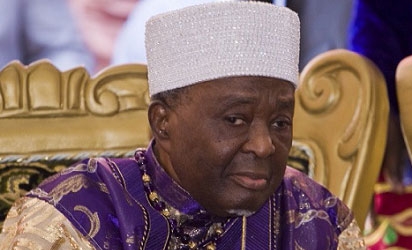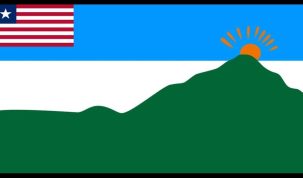How the next Ooni of Ife will emerge- Barrister Peter Ogunleye
Subscribe
Login
0 Comments





